Scientists Uncover a Biblical Secret Buried in Mount Kilimanjaro
Our planet is filled with natural wonders, and they can expose many historical mysteries. Ice cores are a good example of this since they preserve traces of human life from a long time ago. That’s why researchers examined Mount Kilimanjaro’s ice cores to determine what caused the ice fields to shrink.
Interestingly, they discovered something completely unexpected. The pieces found inside the enormous frozen blocks ultimately helped validate a well-known biblical tale, demonstrating that science and religion can coexist. Whether you believe in the Holy Book or not, the biblical secret they discovered will shock you!
Humanity and History Are Intertwined
Science contributes significantly to what we know about mankind’s ancient history. For several years, scientists have been manually digging into glaciers and ice sheets using sophisticated equipment to extract the cores. The ice offers a deeper understanding of the connection between history and humanity.
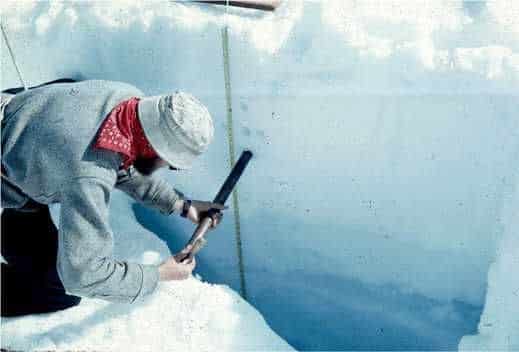
These methods help them extract ice from a depth of more than two miles below the surface. Their mission is to understand what happened thousands of years ago. It’s possible that the constituents of that ice have been on the planet for 800,000 years. How incredible is that?
Historical Events and Biblical Stories
If you’re wondering what makes ice fields so special, let’s provide some insight into why scientists are so fascinated by them. Many ice fields and glaciers have built up over time. A record of the climate at that time is made with each layer that is added.
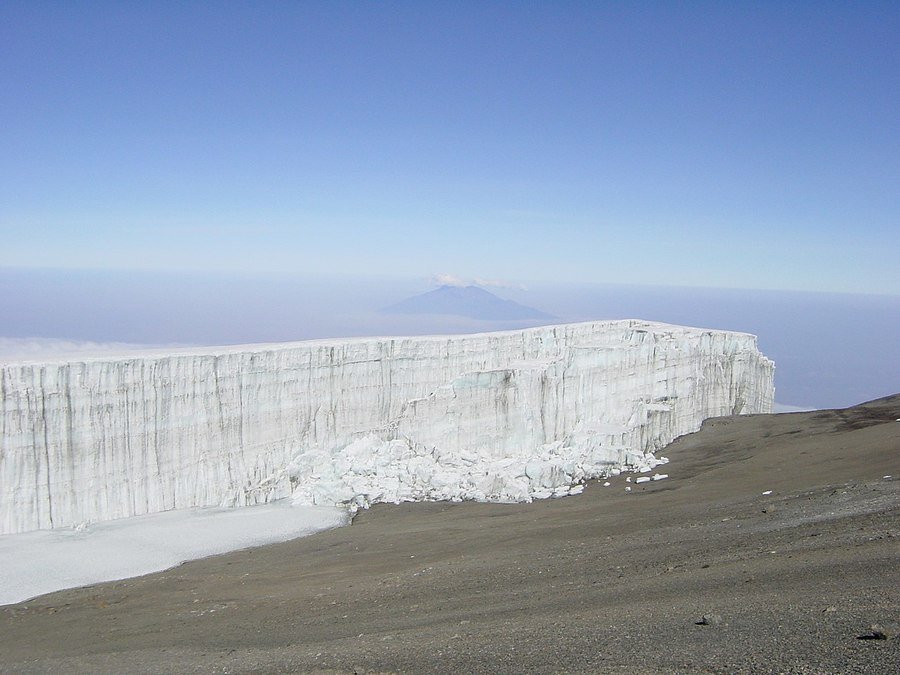
So, ice cores are generally a great place to learn about history because they provide several hints about the planet’s conditions and can help in our knowledge of historical events that are less well-known. Sometimes they even correlate with biblical stories, indicating that some biblical events may have happened.
The Connection with the Bible
That is exactly what Mount Kilimanjaro’s ice cores did. Considering the secrets that ice cores hold, it was not surprising that scientists sought to look deeper into the mountain to find answers to what happened eons ago. The results from the massive frozen blocks ultimately confirmed an Old Testament story.
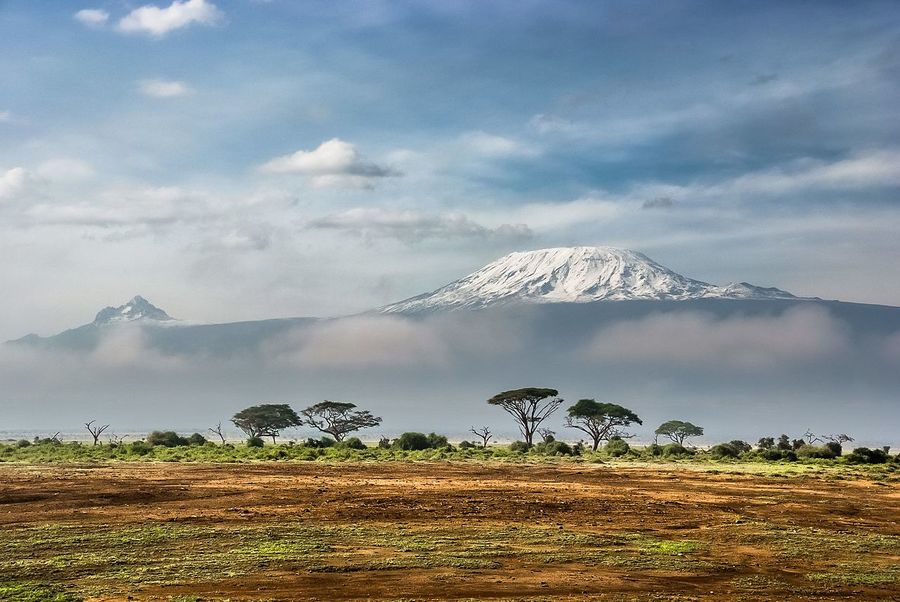
It is a hugely popular story we know you’ll be familiar with. The connection is quite extraordinary. This story is remarkable because it dates back thousands of years before humans started exploring the depths of the planet, especially the world’s highest freestanding mountain.
Mount Kilimanjaro Is a Popular Destination
Mount Kilimanjaro, the highest mountain in Africa, is in Tanzania’s Kilimanjaro National Park. No wonder it’s a popular hiking and mountaineering destination. Nearly 30,000 people visit Mount Kilimanjaro every year, with more than 15,000 people visiting to hike one of the world’s highest mountains.
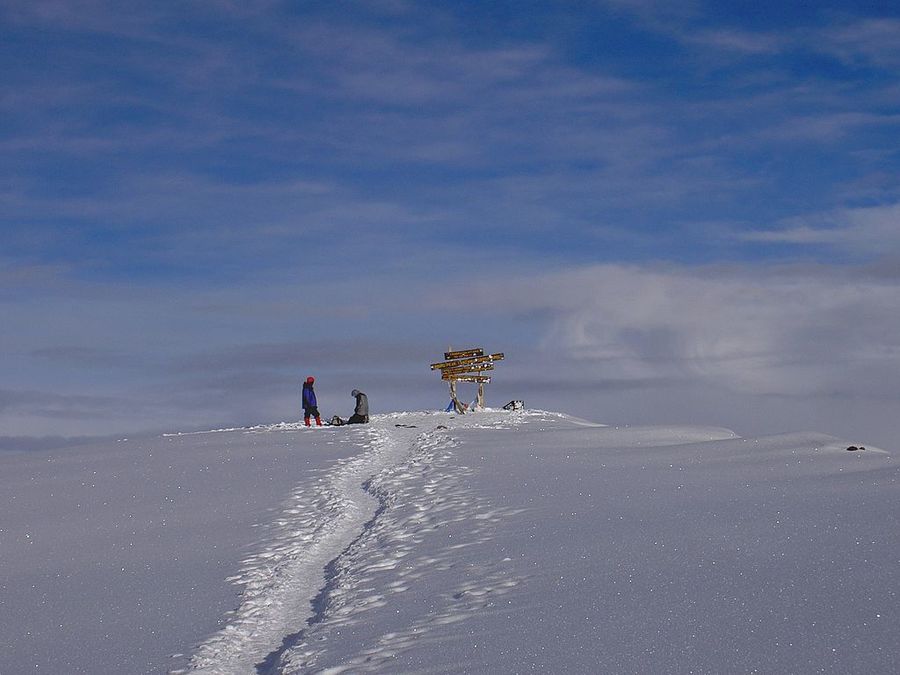
However, it has been the focus of numerous scientific research studies because of its melting glaciers and ice fields. In fact, it is anticipated that the glaciers and ice fields will disappear entirely between 2025 and 2035. That’s why scientific activities in search of answers on the mountain are numerous.
Kilimanjaro Has Three Peaks
Mount Kilimanjaro has three peaks that were created by dormant volcanoes. There is Kibo, which is the summit and the only dormant volcano that has the potential to erupt once more. But scientists don’t expect any volcanic activity in the foreseeable future. Mawenzi is the second highest at 16,893 feet.
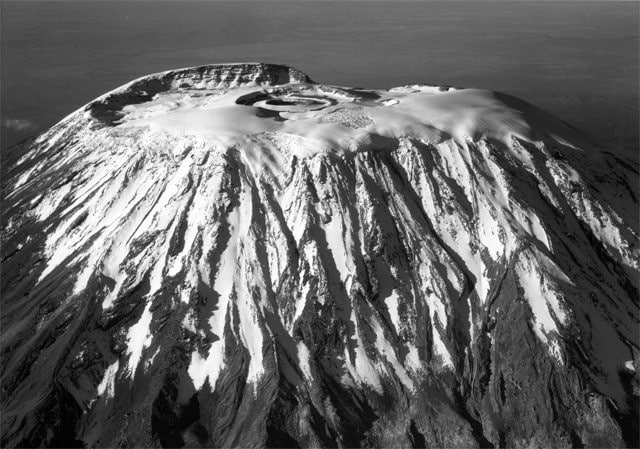
Shira is the lowest at 13,140 feet. It is a vast plateau with a massive caldera, the edge of a volcanic mountain surrounding it. Shira first became active about 2.5 million years ago. The caldera has shrunk over time as a result of erosion.
Volcanic Activity on Mount Kilimanjaro
Although Shira’s volcanic activity occurred more than two and half million years ago, Kibo’s and Mawenzi’s were much more recent. They began erupting around one million years ago. Kibo and Mawenzi are divided by a plateau between them known as the Saddle. It has an altitude of about 14,400 feet.
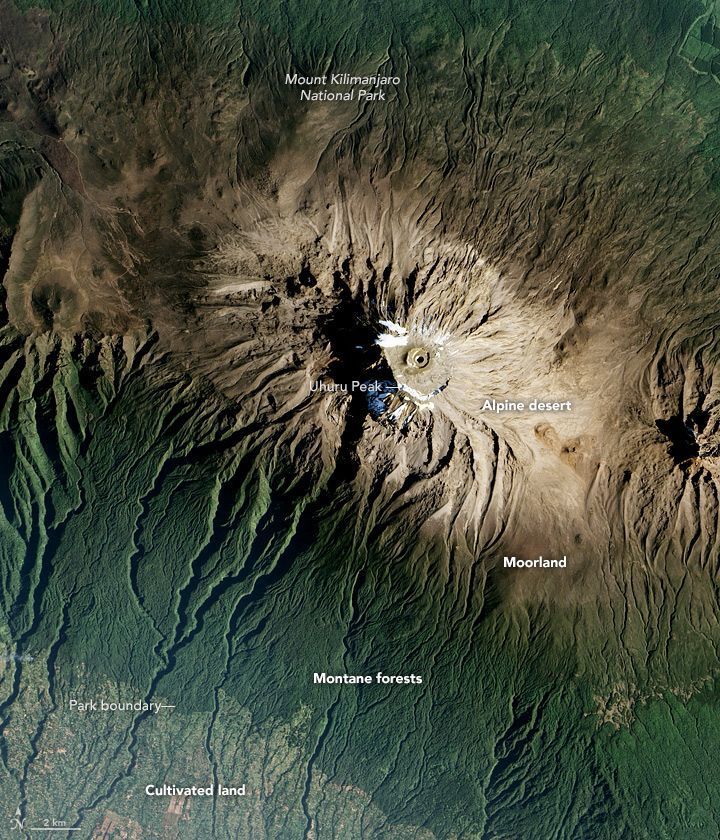
But that’s not the only interesting thing about the pair. Kibo’s rugged peaks are particularly fascinating. They have some features such as ridges, pinnacles, and secondary summits that were formed through eroding natural elements such as rain and wind. That makes Kibo probably the most interesting of the peaks.
The Most Recent Volcanic Eruption
Kibo is the highest of Mount Kilimanjaro’s three peaks and is now dormant. However, scientists predict that it may erupt in the future. The last time Kibo erupted was somewhere around 150,000 to 200,000 years ago. That last volcanic activity created the present Kibo summit crater.
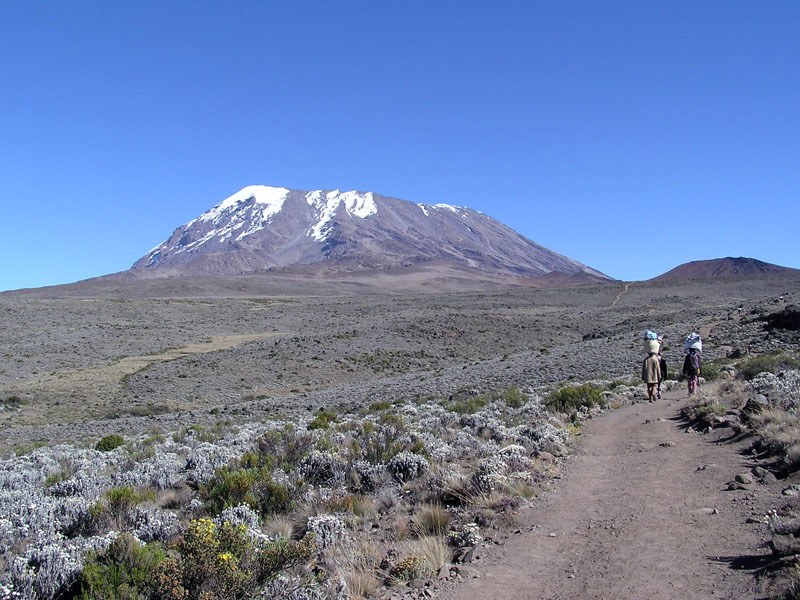
Fumaroles, which are gas-emitting breaks in the rock’s crater, provide evidence for this. Kilimanjaro has seen many famous mountaineers over the years. Reusch Crater, which is located inside Kibo’s caldera, was given that name in honor of mountaineer Gustav Reusch after his 25th ascent of the mountain.
The First Europeans to See Kilimanjaro
While East Africans have known about Mount Kilimanjaro for thousands of years, Europeans didn’t have a close-up view of it until 1848. Johann Krapf and Johannes Rebmann, two German missionaries, are thought to have been the first Europeans to attempt to climb the mountain and record its existence.
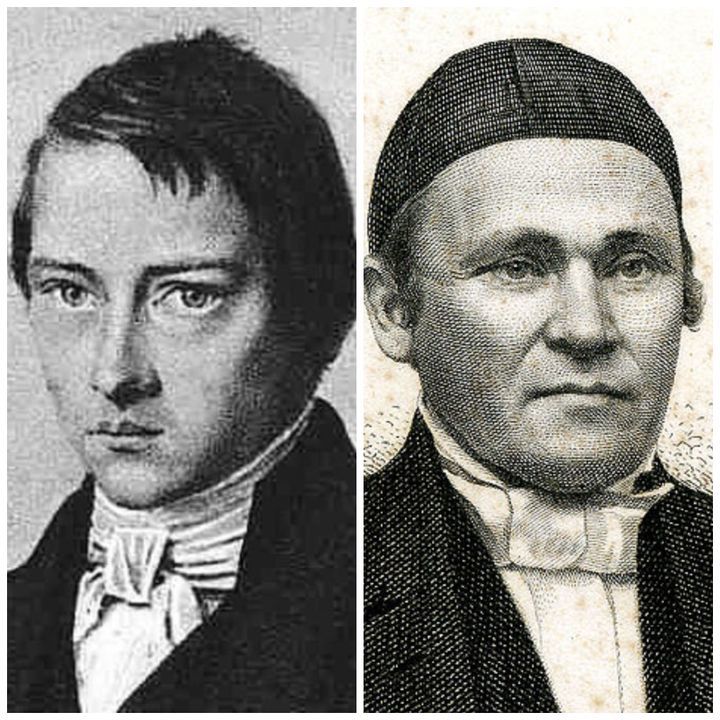
As Hans Meyer wrote in his 1891 book, Across East African Glaciers: An Account of the First Ascent of Kilimanjaro, Rebmann said in his diary, “This morning, at 10 o’clock, we obtained a clearer view of the mountains of Jagga – the summit of one of which was covered by what looked like a beautiful white cloud.”
There Were a Few Failed Attempts
Many people attempted to ascend Kibo’s peak after the German missionaries arrived at Kilimanjaro, but they were unsuccessful. Despite several attempts, it took decades before anyone was successful in reaching their destination at the top. Kibo’s peak wasn’t reached until 1889, more than 40 years later.
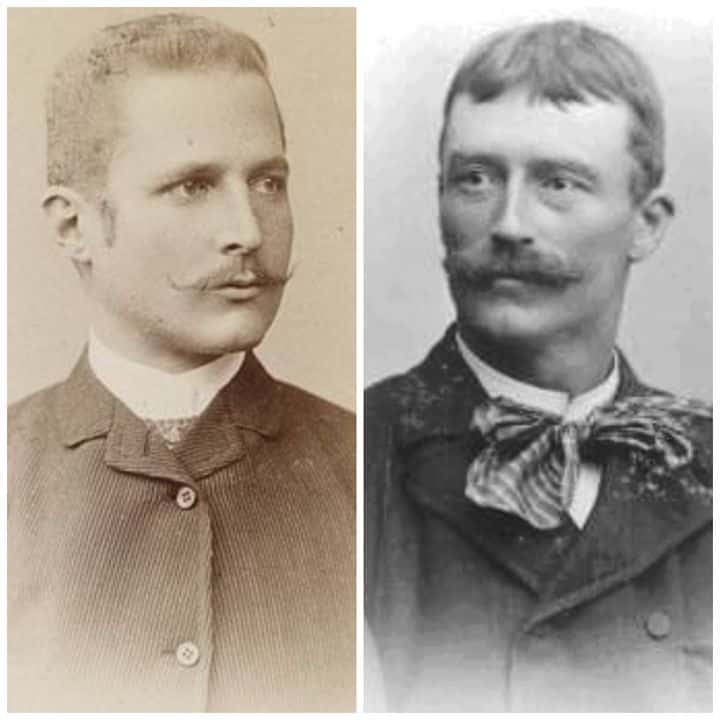
Hans Meyer and Ludwig Purtscheller were the first to reach the south side of the mountain’s crater. This was Meyer’s third try, and it was meticulously planned. They set up camps with food supplies so they could make multiple tries to reach the top of the peak.
Kilimanjaro Is a Popular Tourist Attraction
Despite this victory, it took nearly 25 more years before any European could reach the summit of Mawenzi. However, the ascent to Mawenzi was more technically difficult than the previous climb to Kibo’s peak. It was Germans Fritz Klute and Eduard Oehler who eventually became successful in 1912.
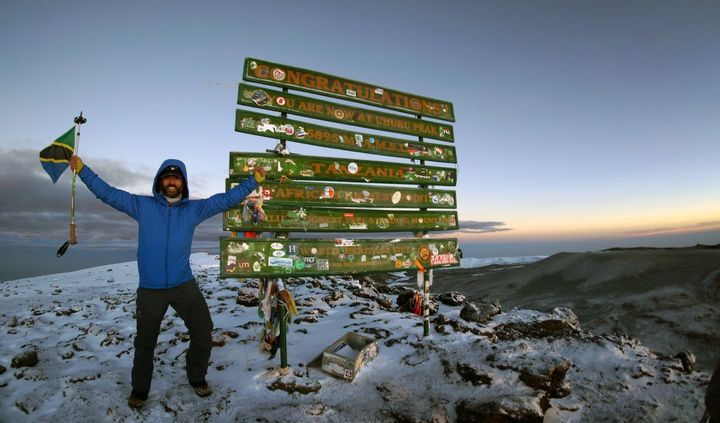
Since then, many people all over the world have tried to reach the top of Kilimanjaro. Adventure lovers have relished the quest of reaching the summit of Africa’s highest mountain, which is why it is also one of the most popular tourist destinations in the world.
The World’s Highest Freestanding Mountain
With a height of more than 19,000 feet, Mount Kilimanjaro is Africa’s highest mountain and the world’s highest freestanding mountain above sea level. Even though it is in the tropics and not far from the equator, it is still covered with snow and glaciers all year round.
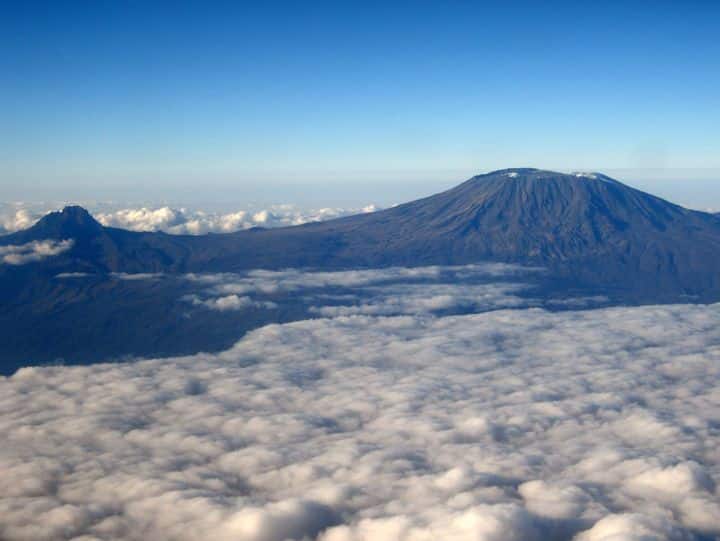
That is understandable considering the mountain’s height. Kilimanjaro’s slopes and the summit can experience overnight lows of -20°F. But these freezing conditions haven’t helped the ice fields atop the mountain too much. They have continued shrinking over the years and may even completely disappear sooner than expected.
Why Are the Ice Fields Shrinking?
Although this phenomenon has existed since nearly the beginning of the 20th century, it is now growing more rapidly. Some scientists even predict that the ice will soon vanish completely. They have therefore gone to great lengths in an effort to discover the cause of the ice fields’ shrinkage.
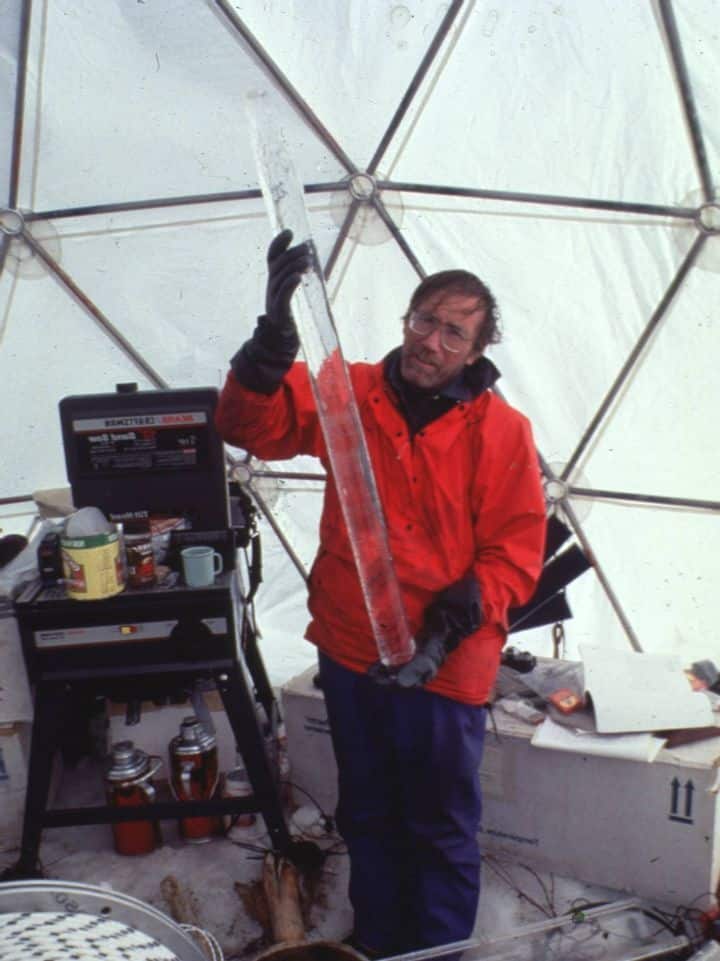
Why are the ice fields shrinking so fast? That has been a big question for scientists for many years but not for long. To find some answers, a team led by geologist Lonnie Thompson of Ohio State University traveled to Kilimanjaro’s slopes in 2000.
The Expedition to Mount Kilimanjaro
Lonnie Thompson and his team’s expedition to Kilimanjaro revealed a lot of hidden mysteries that not only happened in the Bible but also around the tropics. While trying to collect ice cores from the mountain, Thompson and his team ended up camped out on Mount Kilimanjaro.
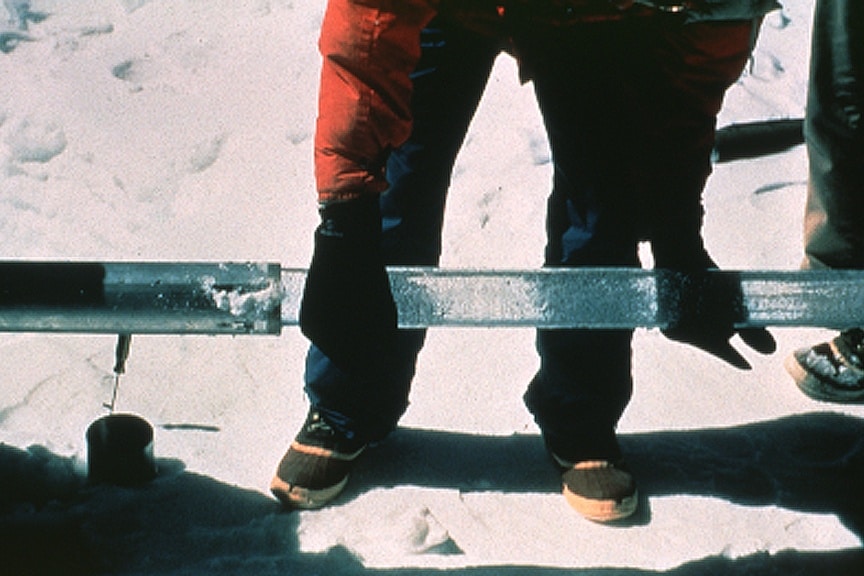
That took more than a month. But collecting the samples turned out to be considerably harder work than they could have ever imagined. It immediately became a huge logistical nightmare to collect them. The scientists faced a number of challenging obstacles before they could even collect ice samples.
It Was a Difficult Task
It’s almost impossible to just go into a country and begin drilling for answers. So before the team could even start any drilling, they had to get up to 25 official permits from the Tanzanian government and other agencies. That was the standard of practice, and it also took time.

Fortunately, they eventually got the all-clear to begin drilling. The team had to haul their machinery up the mountain to the drilling site, which was at more than 19,300 feet. They needed to hire porters because the task wasn’t easy. There were ultimately 92 porters needed to perform the difficult lifting.
705 Feet of Frozen Ice Core
After the team obtained all the permits and drilled the holes, they collected six cores from Mount Kilimanjaro. The team brought back to Ohio State University’s Byrd Polar Research Center 705 feet of ice core that ranged in length from 30 to approximately 270 feet.
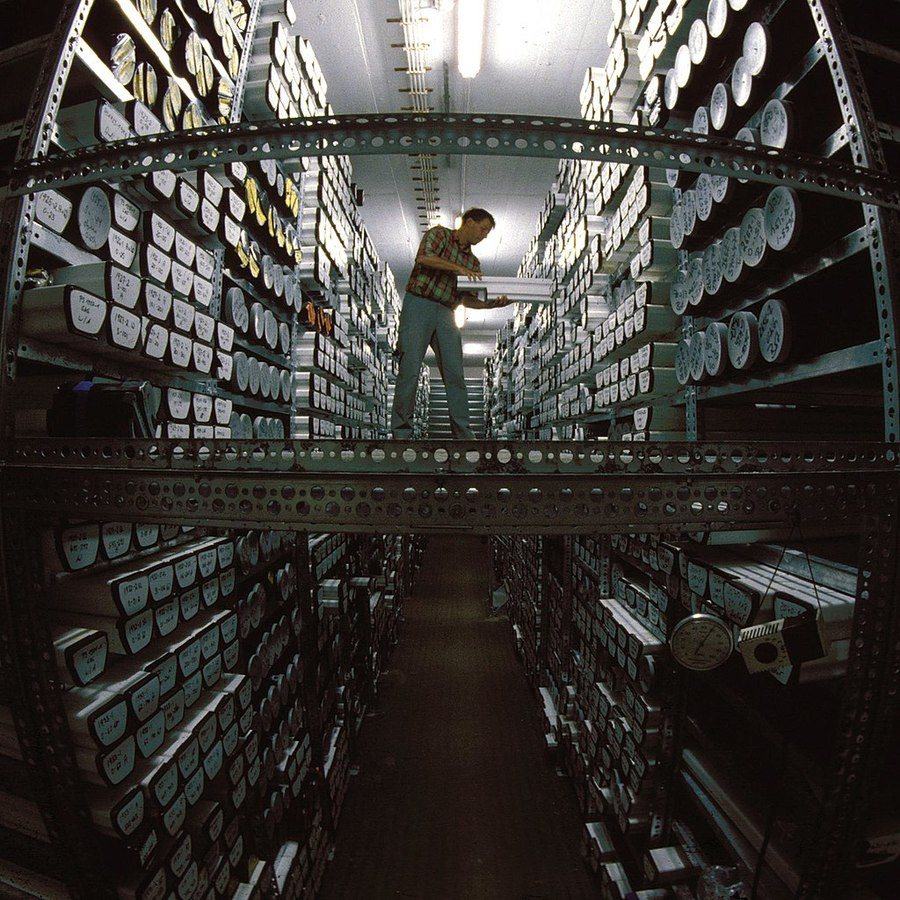
Of course, the university’s freezer was where they kept the ice. Now that the ice had been brought to the university, Thompson and his team were ready to continue their analysis of the ice cores. They got right to work to determine the cause of the shrinkage.
A Report on Their Findings
As many people may have thought, this project wasn’t a quick one, and it would take a few years to complete. In fact, Thompson and his team published their first paper on their analysis of the samples two years after returning from Tanzania with the cores.
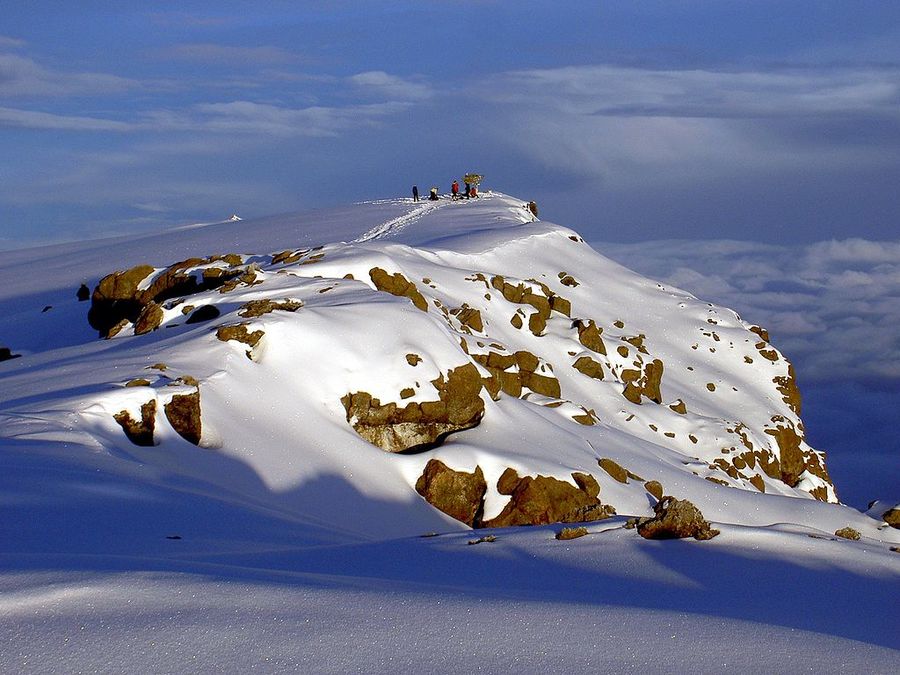
The paper was titled “Kilimanjaro Ice Core Records: Evidence of Holocene Climate Change in Tropical Africa.” As the title states, the scientists went to Kilimanjaro to study climate change’s effects on the ice fields. But they found something much more fascinating that connected science with religion.
Radioactive Remnant from a Nuclear Bomb
Before the biblical stories, the group found something interesting. The dating techniques Thompson and his team used were extraordinary. The researchers eventually discovered a chemical marker in the ice cores—a spike of the radioactive isotope chlorine-36, a remnant of a nuclear bomb test that took place in the early 1950s.
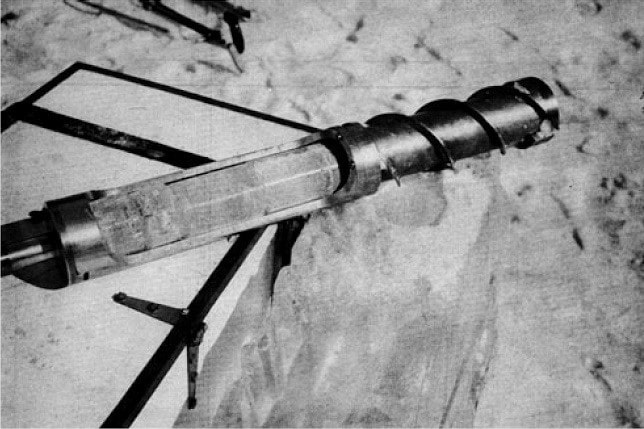
Once the radioactive material was discovered in the ice cores, the researchers could better explore the unique origins of the ice cylinders. It was now clear to the scientists that this was not going to be an ordinary expedition. There was more to come from this discovery.
Evidence of Catastrophic Droughts
After additional examination, the cores revealed proof of a 500-year drought in Africa that began around 8,300 years ago. According to a news release from Ohio State University obtained by ScienceDaily, Thompson added, “We believe that this represents a time when the lakes of Africa were drying up.”
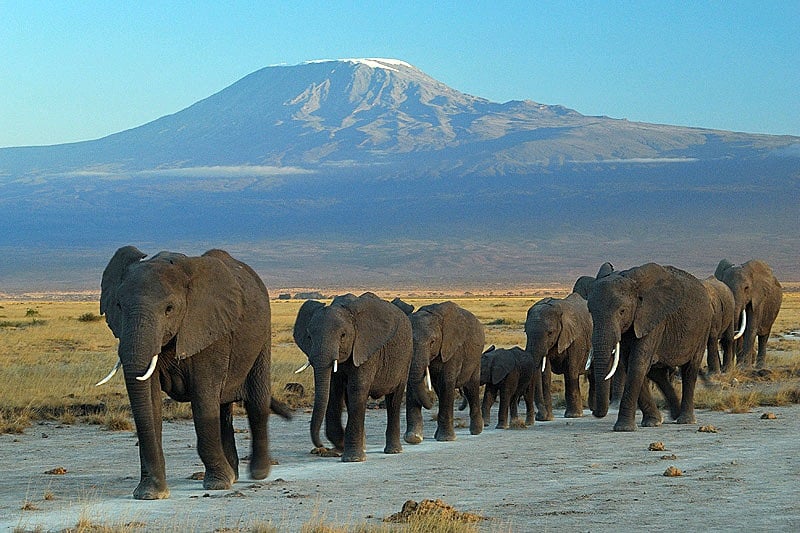
But that was only the beginning of a long list of discoveries. The ice also revealed that a second drought happened roughly 5,200 years ago. Yet that wasn’t the most interesting part of the discovery. There was a third drought that would be the most intriguing one.
From the Book of Genesis
The third drought was the one that had links to the Bible. According to ice core analysis, the third drought lasted for roughly 300 years around 4,000 years ago. According to historical records, a catastrophic drought wreaked havoc on the Egyptian empire during the time of the Pharaohs.
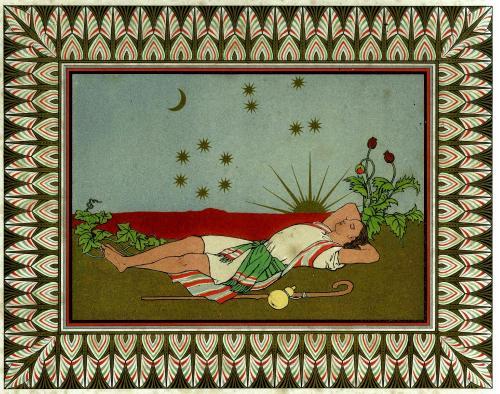
The drought was so severe that it even threatened their rule. The drought is connected to Joseph’s story in the book of Genesis. But it’s not only in the Christian Old Testament; the story can also be found in the Jewish Torah and the Islamic Qur’an.
Joseph’s Coat of Many Colors
This connection between science and religion was only going to get more interesting. If you’re familiar with the events of Joseph’s life described in the Book of Genesis, Chapters 37 through 50, he was Jacob’s eleventh son. Joseph was also his father’s favorite son.
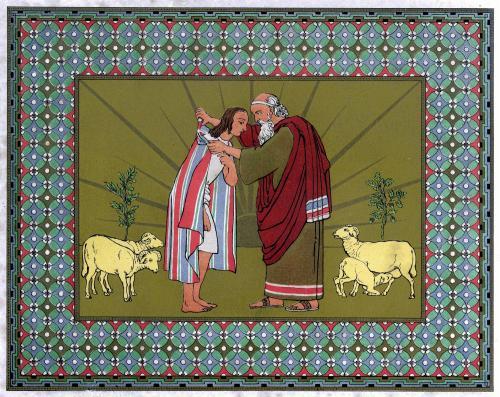
That made his brothers quite jealous of him. According to the story, Jacob showed his love and affection for Joseph by giving him “a coat of many colors,” but his siblings were jealous of the gesture. Joseph’s dreams and his capacity to interpret them fueled sibling rivalry.
Joseph Was Sold into Slavery
According to the Bible, Joseph’s brothers considered killing him but instead chose to sell him to a group of traders whose camel train was headed to Egypt. Knowing that their father would ask about Joseph when they returned, they smeared Joseph’s coat in goat blood to prove he had died.

That helped them cover their crime effectively since their father believed the story. The event led to Joseph working as a slave for an Egyptian called Potiphar. Joseph’s owner imprisoned him because Potiphar’s wife had feelings for him despite the fact that Joseph didn’t act on them.
Joseph, the Interpreter of Dreams
Joseph’s story didn’t end there. And these events will eventually connect to the discovery at Kilimanjaro. Joseph was becoming a popular figure in prison. He demonstrated his gift for dream interpretation while he was there. He interpreted the prisoners’ dreams, one of which featured the Pharaoh’s cupbearer.

The other was Pharaoh’s chief baker. According to Joseph’s interpretation of the dream, the cupbearer would return to his prior position. The baker’s nightmare, however, was considerably more unsettling. He would be put to death. Both of these dreams came true, as you might already know.
He Also Interpreted Pharaoh’s Dream
The Pharaoh then had an extraordinarily strange dream that he was unable to interpret. In his dream, he saw seven ill cows devouring seven healthy cows and seven wilted ears of corn devouring seven robust ears of corn. Nobody understood the relevance of the extremely realistic dream.
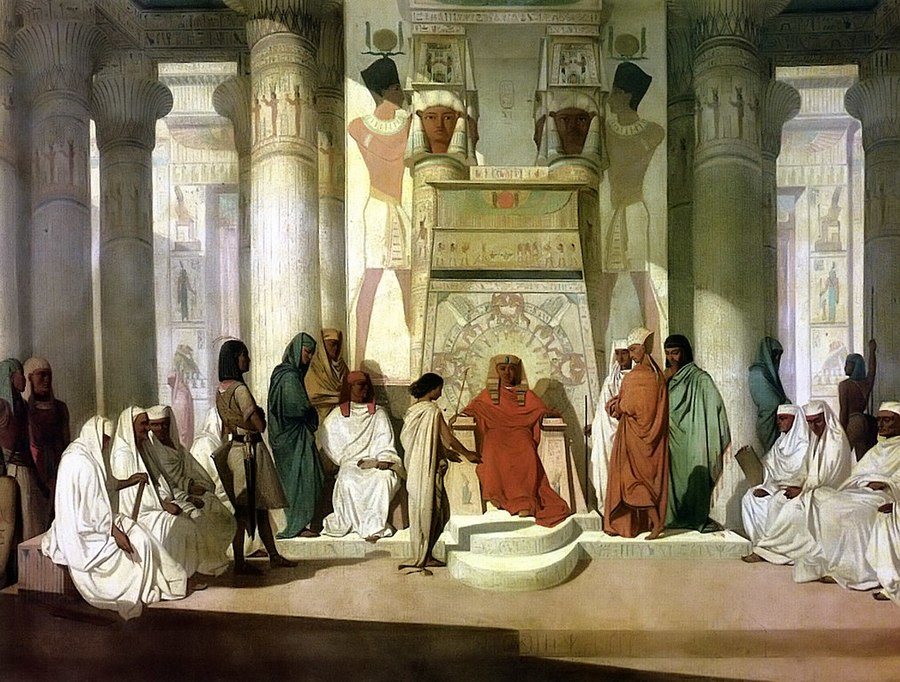
Joseph had told the cupbearer to remember him because he was innocent. But once the cupbearer was out, he completely forgot about Joseph. It wasn’t until the Pharaoh’s dream that he remembered his cellmate Joseph’s extraordinary talent for dream interpretation. So, he told the Pharaoh about him.
The Seven Years of Famine
According to the biblical story, the Pharaoh ordered that Joseph be brought to him to interpret his dream. As expected, Joseph interpreted his dream—something the Pharaoh’s wise men couldn’t do. Joseph told the monarch that the meaning of his dream was that Egypt would experience seven years of abundance.
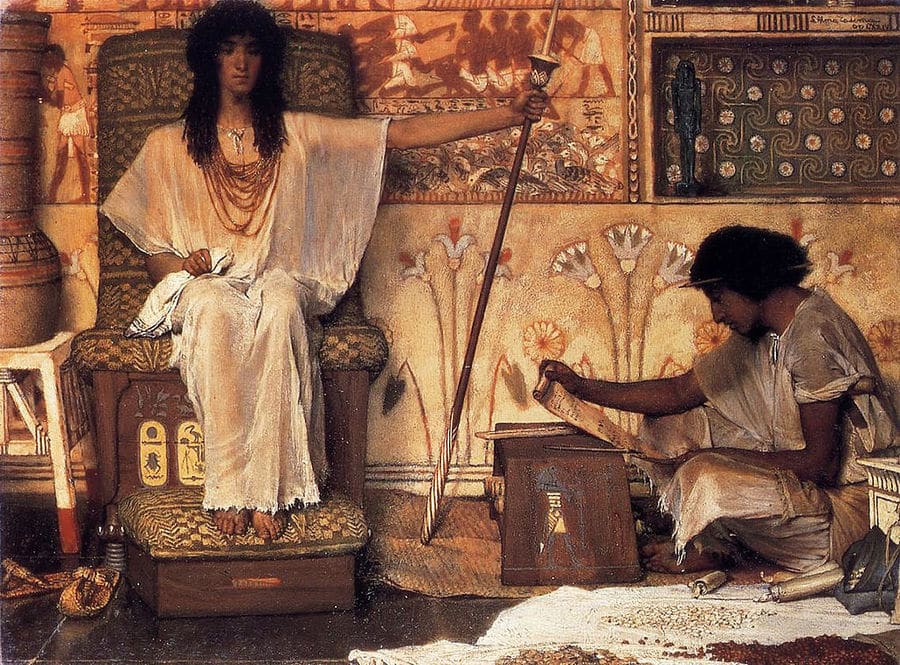
But after the abundance there would be seven years of famine. Although this wasn’t good news for the Egyptians, the Pharaoh was so taken by the former slave that he chose to bestow upon him a distinguished position, choosing to designate him his vizier—a senior government official and advisor.
The Good Years Came as Joseph Said
As the vizier, Joseph was tasked with overseeing the events that would happen. So Joseph worked with the Pharaoh and helped the Egyptians prepare for the difficult years to come. The former slave and prisoner advised the ruler to store any surplus grain during the seven years of abundance.
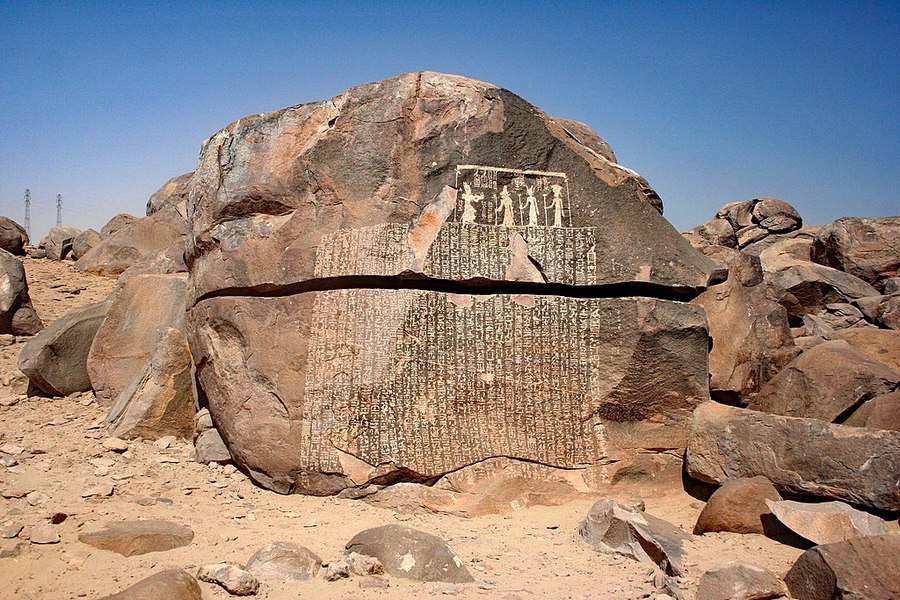
That was to prepare for the seven years of famine that would come after the years of plenty. The grain that was saved would then help Egypt survive the challenging times. According to the story, Joseph’s dream interpretation saved Egypt during the seven years of severe famine.
The Team Confirmed the Drought
The famine and drought described in the Bible correspond precisely with the research conducted by Thompson and his team. If you remember, the ice cores indicated a 300-year drought around 4,000 years ago. The evidence the team found from this drought showed the ice cores contained a thin layer of dust.
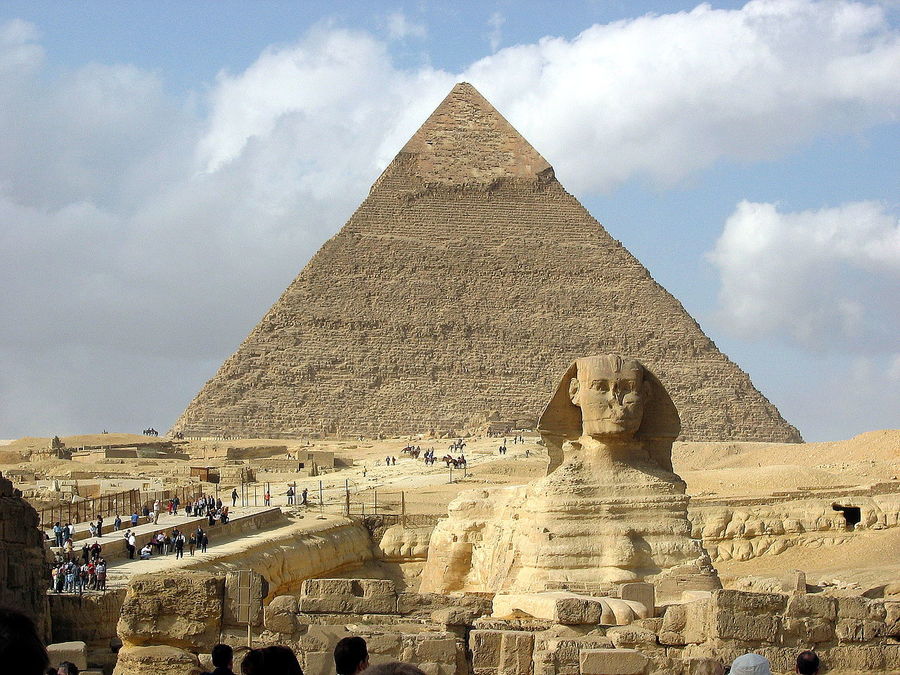
But it wasn’t only the Bible and research that confirmed the events. Besides the story in the book of Genesis, historical records confirm that Egypt went through a catastrophic drought that threatened the Pharaohs’ authority. Before that, people were able to survive in now-barren areas of the Sahara Desert.
The Confluence between Science and Religion
Why is this story remarkable? It’s not every day that science and religion agree on something. In fact, the two usually negate each other. But in this case, science met religion, and the two confirm that the same story happened. Some people don’t believe the events in the Bible.
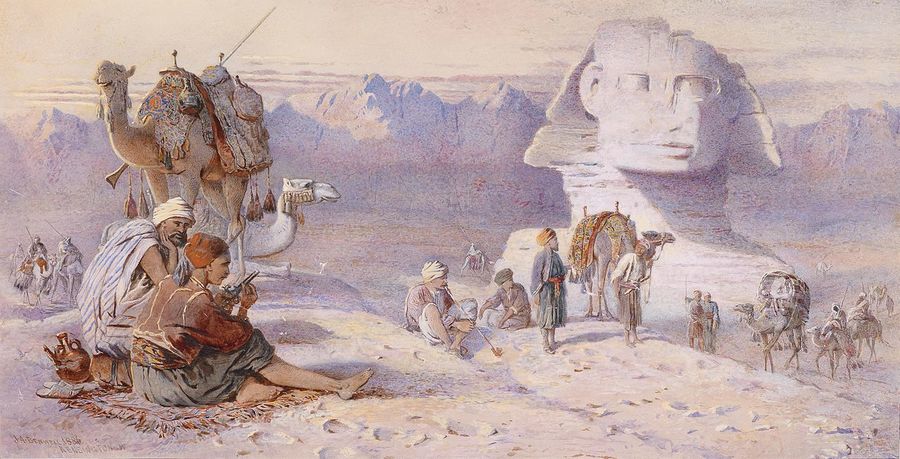
But as this research proves, some of the historical events recorded in the book happened. At least the story of Joseph has been confirmed to be a true occurrence as Thompson and his colleagues demonstrated. Their research showed that a long drought affected the region during the same period.
Will History Repeat Itself?
Considering how scientists have said that volcanic activity may happen on Kilimanjaro in the future, it’s normal to ask if the severe drought that plagued the region will happen again. When asked, Thompson and his team thought the catastrophe could repeat itself. Thompson said in the report in ScienceDaily:
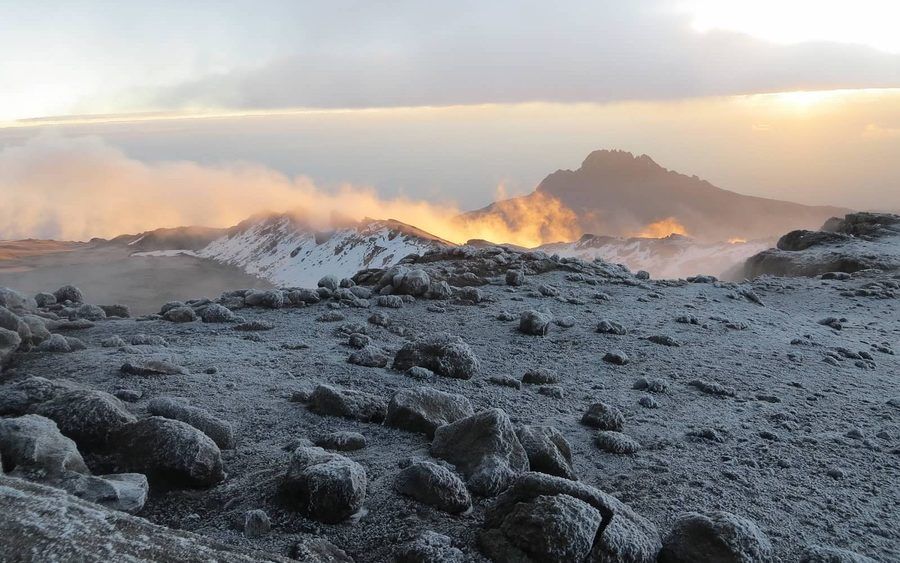
“Whatever happened to cause these dramatic climate changes in the past could certainly occur again. But today, 70 percent of the world’s population lives in the tropics. They would be dramatically affected by events of this magnitude. We have to find out what causes them to happen.”
An Unexpected Turn of Events
When Thompson and his team set out on their expedition to Mount Kilimanjaro, all they planned to do was collect samples and determine why the ice fields were shrinking. None of them expected their quest to lead to biblical discoveries that linked science to religion.
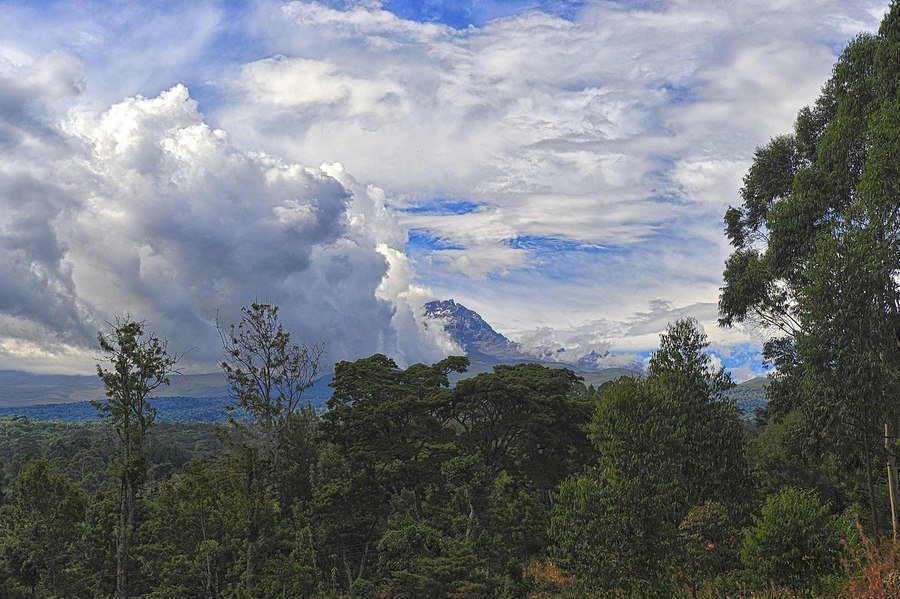
With science and religion always at loggerheads, the team’s discovery shows that religious stories may have some facts in them. Isn’t that incredible? Do you think scientists will still find more evidence confirming biblical stories, or was this just a one-off discovery? We can’t wait to see what is next!
